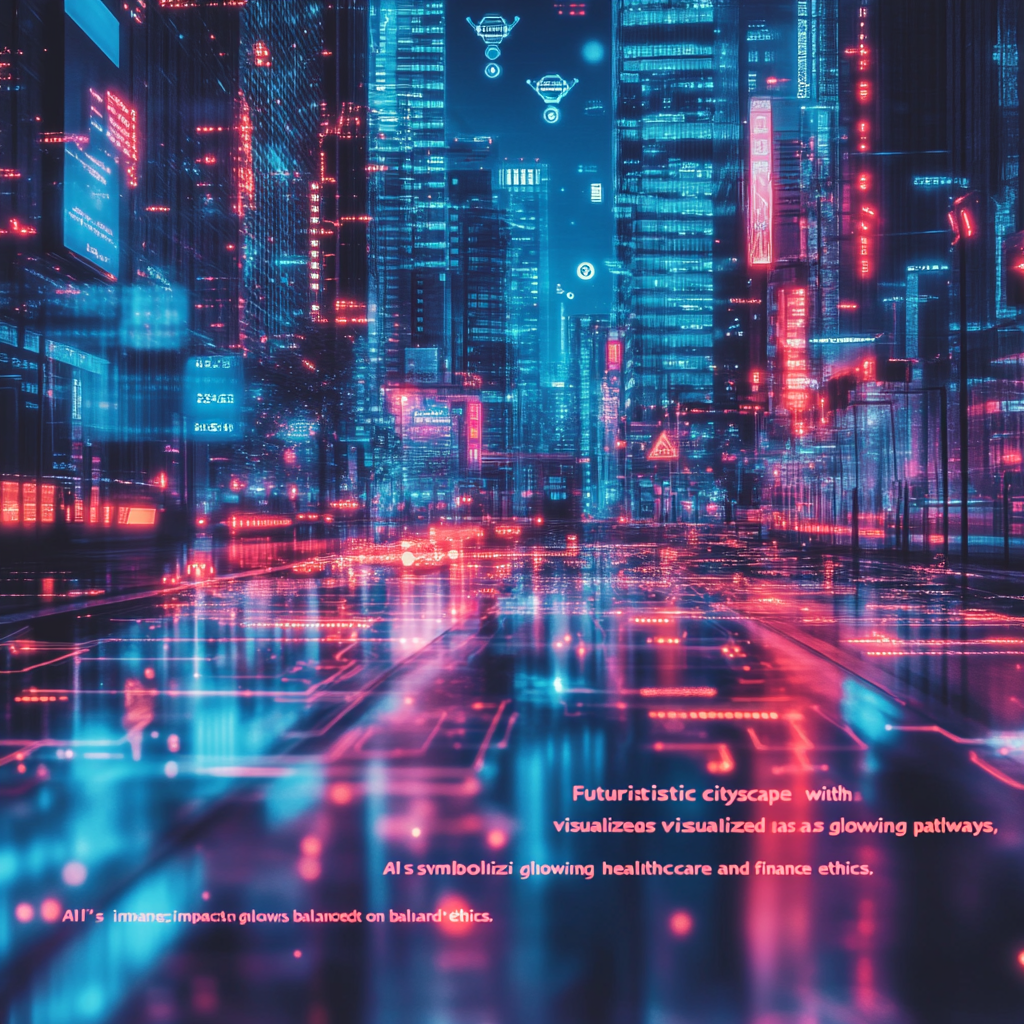
Starship Flight 7: SpaceX Launches Another Mission (Live Stream Available)
In the realm of artificial intelligence, neural networks dance through data like caffeinated squirrels at a nut convention. They’re not just buzzwords thrown around in tech circles; they’re the very essence of what fuels innovation in our time. Like brewing the perfect cup of tea, there’s an art and a science to it. And trust me, diving into this world requires more than superficial knowledge—it demands a hearty appetite for deep learning.
The first thing to wrap your head around is that neural networks are not some sci-fi concept reserved for futuristic novels. No, my friend, they’re very much here, pulsing through our daily lives like the caffeine in that perfect cup of coffee. They’re the secret sauce behind everything from speech recognition systems that power your virtual assistants to the algorithms that suggest your next binge-worthy series on streaming platforms. They’ve infiltrated industries and revolutionized the way we interact with technology.
So, where do we begin? Picture a collection of interconnected nodes, much like the tea leaves in an expertly brewed blend. Each node represents a neuron, and they work together to process information much like our brains do. But, let’s not kid ourselves—these networks, with all their mathematical flourish, require a hearty supply of data to thrive. If you’re pouring in subpar information, you can forget about achieving that elegantly rich flavor of insights.
Once upon a time, in the land of traditional programming, we told computers what to do step by step. But neural networks flipped this script. They learn from examples, adapting and adjusting their patterns much like a seasoned tea master experimenting with steeping times and temperatures. We feed them data, then sit back and watch as they begin to discern patterns, recognize voices, or even automate tasks that once felt insurmountable. The trick, however, lies in the kind of data we nurture them with. Quality matters, and much like the tea leaves you choose, fresh and unadulterated data produces far better results than stale remnants of old datasets.
There’s a big buzz surrounding the various flavors of neural networks, and yes, it can get a bit overwhelming. Feedforward networks, convolutional networks, recurrent networks—you might think you’ve stumbled into a tea shop where every flavor is named by nerdy physicists. But stick with me. Feedforward networks are the straightforward option; they take in inputs and cascade through the network like hot water flowing through your favorite teapot, producing an output. Convolutional networks? Now we’re talking about layering flavors to create depth—think of this as the blend of spices or floral notes in your brew. They’re particularly suited for image recognition and computer vision tasks. And then we have recurrent networks—these are much like steeping green tea, where previous outcomes influence future steps, allowing the network to be aware of sequences and time, essential for language processing tasks.
A vital aspect of crafting these networks is the training phase. Here’s where the magic—or madness—truly unfolds. During training, you feed your network a wealth of examples, from which it learns to make predictions. Imagine it as a rite of passage, where a novice tea brewer attempts to mimic the delicate balance of flavors in a master blend, all while facing the judgmental stares of seasoned tasters. The goal is to minimize the error rate, much like getting your brew just right after many attempts of too bitter or too weak. You’re essentially playing the role of the potter, molding your network into a masterpiece with patience and diligence.
But even with the right techniques, mistakes are inevitable. No one—except maybe a few perfectionists—gets their brew right on the first try. Neural networks can encounter challenges too, like overfitting, where they just memorize the training data instead of learning to generalize. It’s akin to someone learning to brew only one type of tea and being completely thrown off if you handed them something new. The solution? Use techniques like dropout and regularization, which act as your safety nets, ensuring that your network stays robust, much like a well-versed tea enthusiast who can handle any leaf thrown their way.
Now, onto applications: let’s not simply romanticize this technology. With great power comes great responsibility, for neural networks are reshaping the landscape of various industries. In healthcare, they analyze patient data to assist in diagnosing diseases or predicting outcomes, enhancing our chances for a healthier future. In finance, they identify fraudulent transactions at lightning speed, much quicker than any human could manage. And in the creative world, they’re composing music and creating art that’s challenging our views of originality and artistic expression. Don’t you find it intriguing how technology is intertwining with human creativity? It’s like combining different teas to create a wholly unexpected flavor profile.
Yet, there are ethical concerns swirling around, like leaves in a teapot. These technologies can perpetuate biases, as they lean on historical data that may reflect societal inequalities. Imagine brewing tea from overly processed leaves; the end result is hardly the fresh, vibrant cup you were hoping for. It’s our job to ensure that the data fed to these networks is not only plentiful but equitable. We stand at a precipice, where the choices we make today will flavor the world we create tomorrow.
In conclusion, as we sip from our metaphorical cups, it’s clear that neural networks are shaping our present and future in ways we’re only beginning to understand. They are powerful tools, continuing to grow and evolve, and just like creating the perfect blend of tea, they require knowledge, experimentation, and a dash of enthusiasm. Embrace this change, take the plunge, and become a part of the fascinating world of artificial intelligence.
Want to stay up to date with the latest news on neural networks and automation? Subscribe to our Telegram channel: @channel_neirotoken. Don't miss out—be the first to steep your mind in knowledge!

